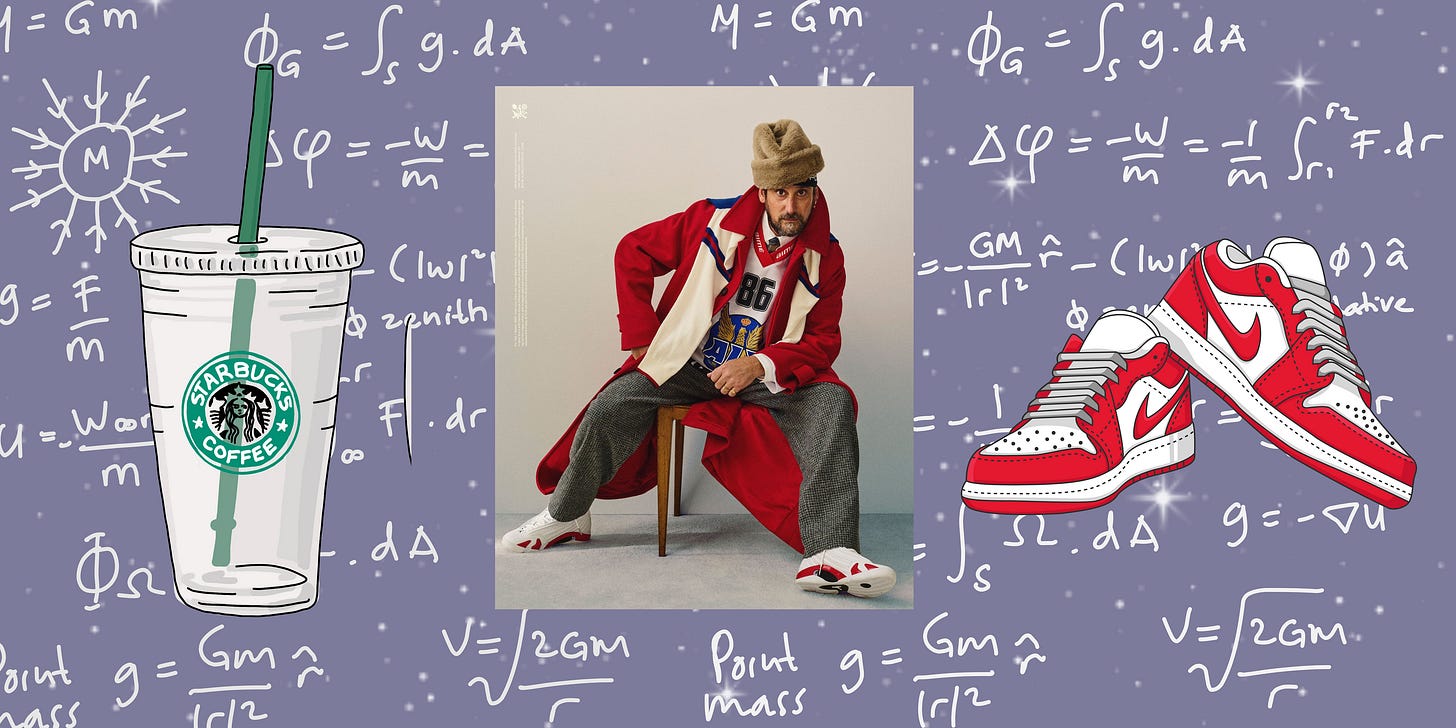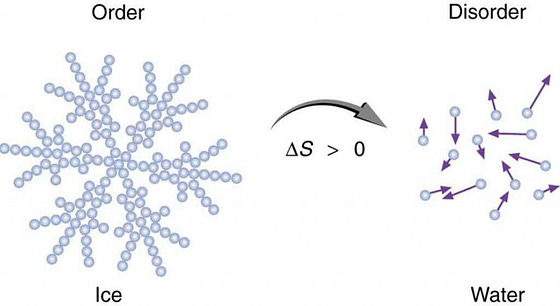
The Second Law of Thermodynamics states that the entropy (randomness) of the entire universe, as an isolated system, will always increase over time. This is rooted in the properties of heat: heat tends to move from a warmer area to a colder area — increasing entropy. Food coloring dropped into a glass of water will spread — increasing entropy. Imagine a clean room — the law of entropy says that it will eventually become messy. That is, unless someone expends the energy to keep it organized.

The same is true in brands. As they grow, they lose their edge. Unless someone, or some team rather, expends the energy to maintain the brand’s distinctiveness.
Starbucks was known for hospitality. Writing on the cup. Baristas who know you. But their massive scale demanded operational optimizations and an expanding menu. They began offering every drink under the sun and digital optimizations to ensure they could operate at scale. Personalization and hospitality went away. In came mobile orders and robotic machines. The experience, once sharp, became dull.
Being a generalist brand does have its benefits. It widens your market and drives lower costs. But it’s also under siege, constantly. Gap has a lot of area to defend. And not a lot of uniqueness to use in its defense. It’s much easier to own and defend a small position in statement denim. Once you have a large average experience, the small unique sellers start to capture share. Starbucks has wide scale, but it can be easily outplayed by the unique coffee shop next door. So how does the Gap or Starbucks or Nike defend itself after reaching scale? The original positioning won’t work. It is too small of a positioning. Gap / Nike / Starbucks need new positionings that reflect their scaled offerings and wider product selections. But, they also need guardrails that block them from dulling their brand too much. With guardrails, you can have a big brand, and also a sharp one.
What do guardrails look like? They are rooted in your values and represent the things your brand will continue to spend money on — seemingly irrationally — because they build brand equity in the long run. Patagonia’s environmental commitments. Costco’s $1.50 hotdog. HBO’s creative freedom. Equinox’ eucalyptus towels. Until last week, Southwest’s 2 free checked bags. #RIP

Southwest plans to start charging for checked bags, a seismic shift that will boost revenue but potentially give its fiercely loyal passengers a reason to shop around. — WSJ
Sure, in the short run Southwest’s decision to take away free baggage will increase profits. But once the airline does that, it loses a well known element of its differentiation. The reason customers choose you over another in a crowded market. The things that make a brand, a brand.
If you have a startup, your mission is that every person becomes aware of your brand’s differentiation. If you have an established brand, the “value creation” move is seemingly to cut the things that make your brand different, the things that cost so much to build awareness of, in the name of cost efficiency.
Starbucks is on the other end of this cycle. After years of dulling its experience and a resulting loss of customer loyalty, Starbucks is trying to resharpen. They are cutting items from their menu. Bringing back writing on the cups. And spending significantly on brand marketing to let audiences know: the old Starbucks is back! (Please come back as well)
What if it had never left?
What if Starbucks was led by the values of their brand, rather than optimizing for efficiency?
Nike is also attempting fight back against physics after years of decline while sharper brands (On, Hoka, New Balance, Adidas) came for their customers. Their new campaign “Winning isn’t for everyone” puts a stake in the ground. We’re not average anymore. We’re for a certain type of person. It might feel like they are limiting their audience. Actually — they are attempting to recapture it.
Guardrails give your brand a way to expand to new audiences and products while still maintaining the brand’s differentiation, which will ultimately yield higher profits when you don’t need to engage in an expensive brand revitalization.
How do you create guardrails? Two steps.
First, ask yourself — What makes our brand not average? What are our values? What do we spend on, not because of the bottom line, but because it shows who we are? If you don’t have answers to this, this is a sign to develop your guardrails.
Second, engage in a bit of creative brand accounting for your guardrails (note: this is not GAAP approved). Brand marketing tends to get allocated to line items like media and events and creative assets. But guardrails like the below-cost hotdog and the free bags and the writing on the cup are brand spend. They come up in operations — but they deliver the brand. Don’t let an operations team who is simply doing their job get rid of them. Codify your guardrails across the organization. And show how these are the reasons customers come to your company. The tent poles that define awareness of your brand in the public’s mind. They aren’t just operational costs; they are marketing.
You might need to update your guardrails and brand investments over time. That’s okay. In fact — it’s a good thing. What you don’t want to do is become average. Evolve your positioning, and make sure you have actions — not just ads — to back it up.


Such an interesting article! Loved the parallel between physics and branding. I guess my open question (highly dependent by brand) is should we leave some room for just a little “controlled”entropy, and how can we do that so that brands have the space to innovate and transform, while staying true to themselves?
Phenomenal piece as usual!!